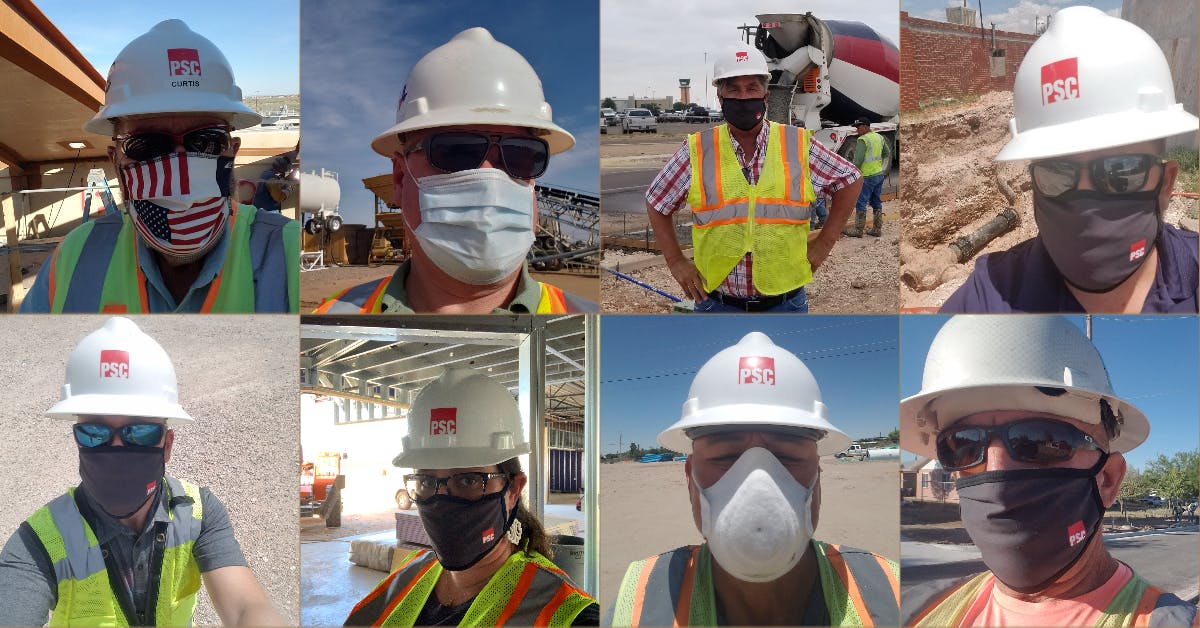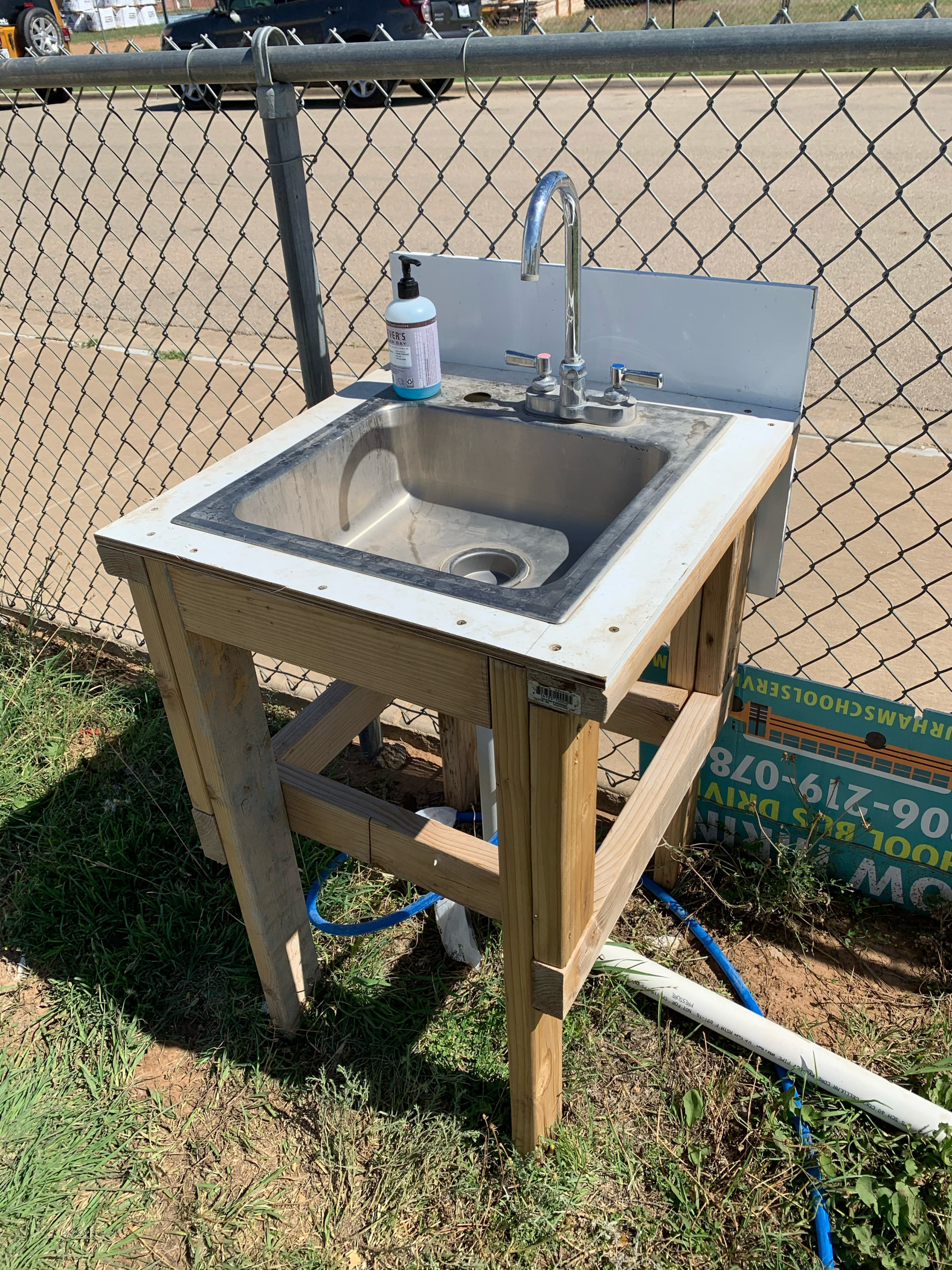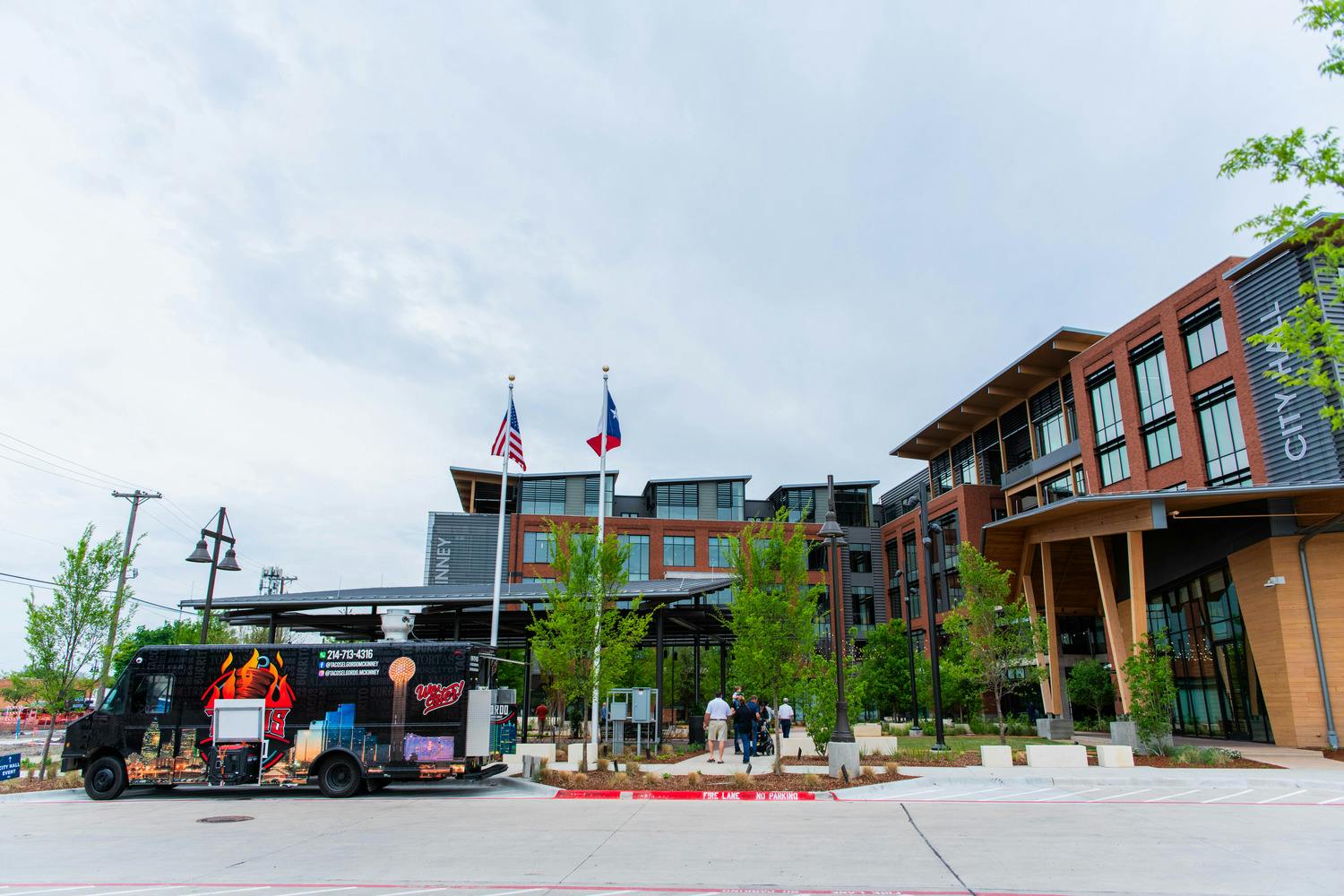#StaySafe on Site
Category: Building Community
Written By: Nicole McBride
Date: June 3, 2020

 While numerous workplaces asked their employees to work from home, it was necessary for construction personnel to continue their work on site. How to continue fieldwork safely has been an important topic for many including Parkhill. The Center for Disease Control and Prevention updates guidelines daily, and contractor best practices also help form educated fieldwork guidelines.
While numerous workplaces asked their employees to work from home, it was necessary for construction personnel to continue their work on site. How to continue fieldwork safely has been an important topic for many including Parkhill. The Center for Disease Control and Prevention updates guidelines daily, and contractor best practices also help form educated fieldwork guidelines.
“I think in general the horizontal construction industry kept moving because WFH is not an option for that industry,” Director of Construction Services Mike Ramirez, PE, said, “and the economy would have taken an even bigger hit if it had shut down completely similar to the essential workers’ restraint and travel industry.”
Internally, Parkhill created a firm COVID-19 task force in an effort for Parkhill to do its part in preventing the spread of COVID-19. The group meets regularly to update safety practices and create resources to educate the firm. These guidelines are continually important even as public spaces have begun to open up.
“The protocols we have in place match the strict guidelines recommended by several agencies,” said Dawn Moore, SPHR, Parkhill’s vice president of human resources and task force member. “Until we see a need to lessen the requirements and feel that would allow for our people and our communities to remain safe, we will continue to work within the current protocols.”
 Many job sites are requiring visitors to sign in and out of the site.
Many job sites are requiring visitors to sign in and out of the site.
Ramirez and Construction Services Team Leader Mark Aaron Carpenter have reviewed safety guidelines diligently with the Construction Services Team. Ramirez and Carpenter agreed that maintaining social distance on job sites has not been a difficult adjustment, because construction is typically in a wide-open outdoor space, and construction team members already have to maintain a safe distance from heavy work equipment. The most out-of-the-norm adjustments are signing in and out of construction sites, frequently washing hands, using hand sanitizer, implementing facemasks, and relying on visual observations instead of touching materials and various surfaces on site. Construction personnel are also encouraged to keep their own sets of plans and share construction documents through e-mail instead of collaborating face-to-face.
"The biggest change for me is – we’re Texans. We have a friendly group of guys,” Carpenter said. “I can’t tell you how hard it is not to stick my hand out and shake hands.”
Carpenter also said reviewing these guidelines has become a regular part of the Construction Services Team’s safety meetings every two weeks and will continue to be a part of these meetings to stay proactive even after the pandemic is over.
“Our philosophy is to develop these good habits and not lose them,” he said.
 Ashlee Horsley visits the site of Lubbock ISD Roy Roberts Elementary School addition. Parkhill facemasks were distributed to the entire firm for employee safety.
Ashlee Horsley visits the site of Lubbock ISD Roy Roberts Elementary School addition. Parkhill facemasks were distributed to the entire firm for employee safety.
Ashlee Horsley, AIA, has been visiting the job site for the Lubbock ISD Roy Roberts Elementary School addition. She said that construction meetings are held outside rather than in the job site trailer and that everyone wears facemasks when they are together. Job site sinks and hand-sanitizer in the portable restrooms have also been provided.
“We can’t be too careful,” Horsley said. “We want our job sites to remain safe so the employees can continue to work and we can make progress on construction.”
The following are some recommendations for Parkhill employees to follow when spending time on site is necessary:
- Avoid overnight in hotels. Travel to and from project locations daily is preferred. Limit time on project locations, so there is adequate time to return home safely in a single day. Avoid eating on the road or out of town. Take meals and snacks from home.
- No on-site meetings. Speak to project superintendents at least 10 feet apart. Report groups to the superintendent and avoid groups yourself.
- Limit conversations to the essential discussions, and limit the duration as much as possible.
- Observe construction from as much distance from other workers as possible. Use FaceTime or similar applications to observe work when possible to avoid unnecessary contact.
- Observe material testing from as much distance as possible.
- Do not use on-site portable facilities.
- Do not touch anything when on site. Do not use ladders unless unavoidable.
- Do not pass paperwork between contractors, testing labs or suppliers on site. Use e-mail attachments to distribute copies.
 Job-site sinks at Lubbock ISD Roy Roberts Elementary School addition were installed to encourage frequent handwashing.
Job-site sinks at Lubbock ISD Roy Roberts Elementary School addition were installed to encourage frequent handwashing.
In addition to Parkhill’s safety precautions, here are some contractor best practices:
- Contractors are limiting almost all travel for work crews. This means most work crews are staying in the towns they are in and have not returned home for several weeks with no plans to return home any time soon.
- Work crews are not sharing staff. Often contractors will shift workers around to fill in needs on various crews. For example, one crew member might be a concrete form setter today and spend the rest of the week helping the dirt crew or others. This exposes workers to more people and would shut a contractor down quickly if someone got sick. Now contractors are keeping smaller crews of people focused on single tasks and do not move staff between crews.
- Job trailers and meeting locations are being unused. Meetings in general and group gatherings are not occurring on project locations.
- Workers are spending their break times away from each other and not in groups.
- Confined space activities have been postponed. To avoid close human contact, these activities have been pushed back to later dates where possible. This also has included pipe installations in trenches. Contractors are focusing on other areas of work or using different installation techniques that may be slower but involve less staff.
- Workers are staying at least 10 feet apart if possible, ALWAYS.


